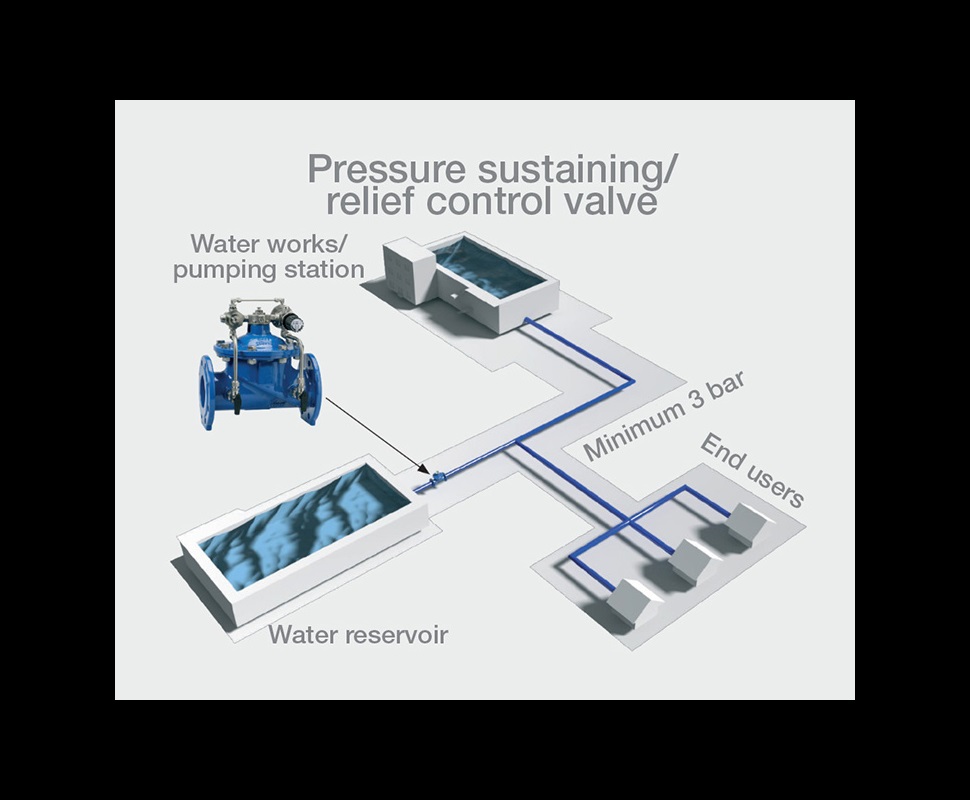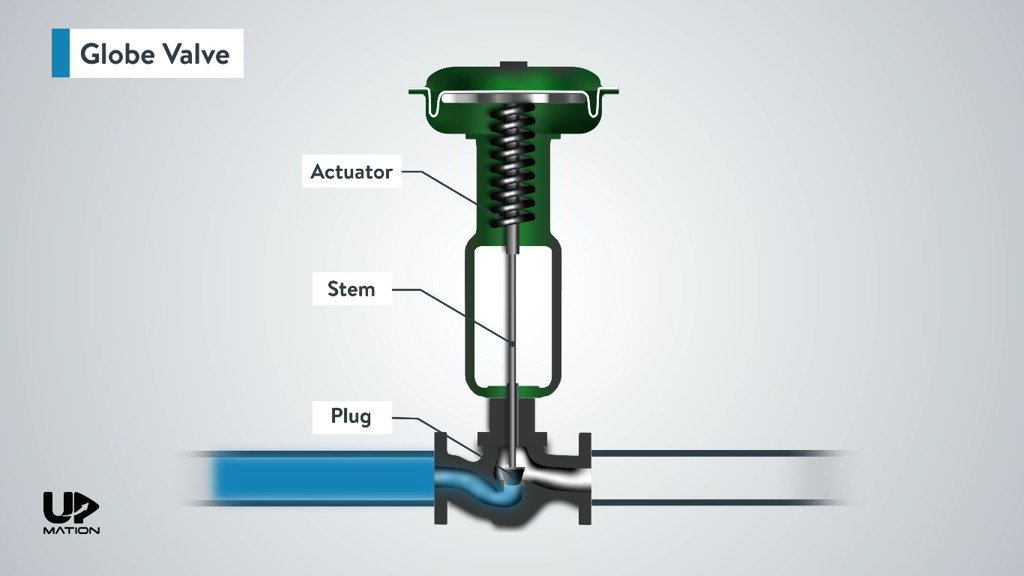Optimizing System Control with High-Performance Control Valves
Optimizing System Control with High-Performance Control Valves
Blog Article

Maximize Power Financial Savings and Convenience With Advanced Structure Automation Controls
In the world of contemporary style and facility administration, the integration of innovative structure automation controls stands as an essential improvement. By utilizing the power of automation, structures can adjust, respond, and evolve in ways that were once unimaginable.
Power Efficiency Conveniences
Energy efficiency benefits can dramatically minimize energy usage and functional prices in buildings. By executing energy-efficient methods and modern technologies, structure proprietors and drivers can achieve substantial cost savings while likewise adding to ecological sustainability. Among the key benefits of improving energy efficiency in buildings is the decrease of utility expenses. Energy-efficient systems, such as advanced structure automation controls, can optimize using resources like lights, air conditioning, and home heating, leading to reduced power expenditures gradually.
Furthermore, enhanced power effectiveness can prolong the life-span of structure equipment and systems. By running extra effectively, cooling and heating systems, lighting components, and other building parts experience much less damage, leading to decreased maintenance and substitute expenses. Additionally, energy-efficient structures commonly command greater residential property values and rental rates, giving lasting monetary benefits to owners.
Furthermore, power effectiveness can enhance owner comfort and performance. Correctly managed indoor atmospheres with optimum lighting and thermal problems create a more pleasant and favorable work space, resulting in enhanced staff member fulfillment and performance. In general, the power efficiency benefits connected with sophisticated structure automation controls are multifaceted, incorporating expense savings, ecological stewardship, and resident health.
Improved Convenience Control
Enhancing convenience control in building environments calls for a sophisticated assimilation of innovative automation systems for ideal resident well-being. By utilizing innovative building automation controls, facilities can tailor the interior setting to satisfy the particular needs and choices of passengers. control valves.
Boosted comfort control goes beyond fundamental temperature adjustments. It includes features such as customized setups, tenancy sensing units, and natural light use to produce a responsive and vibrant atmosphere. By integrating these advanced controls, structures can not only improve comfort however also boost power effectiveness by enhancing system operations based upon real occupancy and use patterns. Eventually, focusing on resident convenience through innovative automation systems results in an extra satisfying and much healthier indoor setting.
Functional Performance Improvements

Moreover, the application of real-time monitoring and analytics devices enables structure operators to recognize energy ineffectiveness and operational abnormalities quickly. By continually monitoring energy usage patterns and system efficiency metrics, changes can be made in real-time to maximize energy usage and make sure peak functional efficiency. control valves. Additionally, integrating need feedback strategies into building automation controls can additionally boost functional efficiency by dynamically adjusting energy usage based upon grid problems and rates signals
Indoor Environment Optimization
Effective interior environment optimization is a fundamental aspect of building automation controls, making certain occupants' comfort and wellness while maximizing energy cost savings. By using sophisticated sensing units and controls, constructing automation systems can continually readjust and check temperature, humidity degrees, air high quality, and air flow to develop an optimum interior setting. Keeping comfortable and constant conditions not just boosts owner complete satisfaction but also boosts productivity and overall health.
Interior climate optimization likewise plays a vital function in energy efficiency. By fine-tuning cooling, home heating, and ventilation systems based on real-time information and tenancy patterns, constructing automation controls can substantially lower power intake - control valves. For example, implementing techniques such as demand-controlled air flow and thermal zoning can assist minimize power waste while guaranteeing that each location of the building receives the needed conditioning.

Sustainable Environment Creation
Structure automation regulates not just enhance indoor climate problems for you could look here energy effectiveness and occupant convenience yet likewise lay the foundation for creating a lasting atmosphere through strategic monitoring of systems and resources. By incorporating innovative building automation technologies, such as sensing units, actuators, and smart software, facilities can change and monitor power usage in real-time to minimize waste and lower their carbon footprint. These systems enable anticipating upkeep, determining potential issues prior to they intensify and optimizing tools efficiency to enhance long life and effectiveness.
Furthermore, lasting atmosphere creation extends past energy administration to encompass water preservation, waste reduction, and interior air quality renovation. Building automation controls can control water use, find leaks, and make certain appropriate garbage disposal practices, adding to general sustainability efforts. Furthermore, by controlling and monitoring air flow and filtering systems, these technologies boost resident other health and performance while lowering energy consumption connected with a/c operations.
Conclusion
To conclude, advanced structure automation manages offer substantial advantages in regards to power savings, comfort control, operational performance, indoor environment optimization, and developing a sustainable atmosphere. By carrying out these controls, buildings can accomplish optimal efficiency while decreasing energy intake and enhancing owner comfort. It is apparent that making use of innovative automation innovation is important in enhancing building performance and developing a more sustainable future.
Energy performance advantages can substantially reduce energy usage and functional costs in buildings. On the whole, the energy effectiveness benefits connected with innovative structure automation controls are complex, encompassing expense financial savings, environmental stewardship, and occupant well-being.
In addition, integrating need feedback techniques into structure automation controls can better improve functional efficiency by dynamically readjusting power usage based on grid conditions and rates signals.
Structure automation regulates not just optimize interior environment problems for power effectiveness and resident convenience but also lay the structure for producing a lasting setting via critical monitoring of resources and systems.In verdict, progressed building automation regulates click here for more offer substantial benefits in terms of power financial savings, comfort control, functional effectiveness, interior environment optimization, and producing a lasting setting.
Report this page